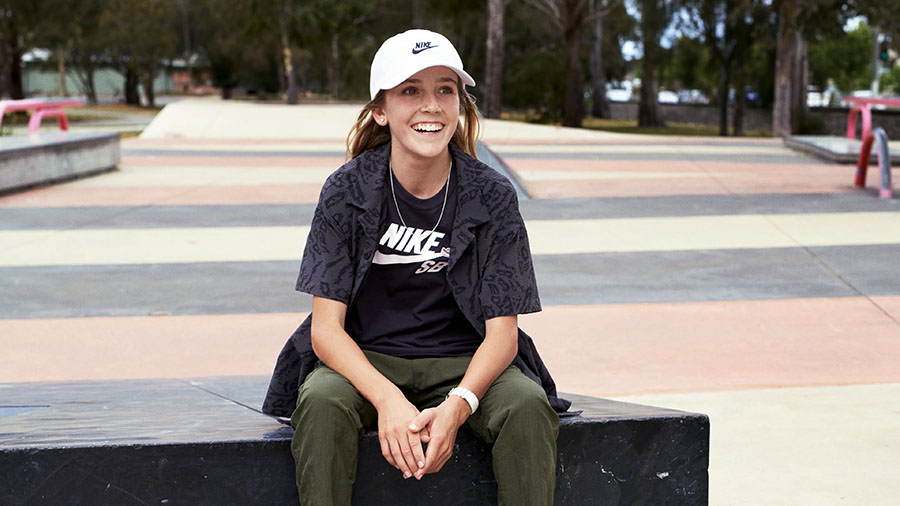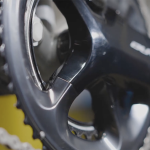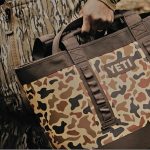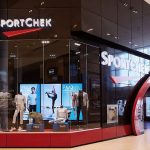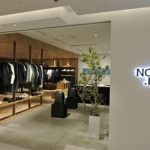Nike retained its No.1 brand position in apparel in Kantar Brand’s “Most Valuable Global Brands Report“ for 2024, but its valuation fell for the second year in a row while Zara, Lululemon, Adidas, Uniqlo, and H&M marked gains.
Based on brand value the Top 10 apparel brands in Kantar’s report are as follows:
- Nike, $71.6 billion, down 4.4 percent;
- Zara, $27.1 billion, up 47.3 percent;
- Lululemon, $20.6 billion, up 24.5 percent;
- Adidas, $16.1 billion, up 35.4 percent;
- Shein, $16.0 billion, down 34 percent;
- Uniqlo, $15.1 billion, up 24.8 percent;
- H&M, $5.96 billion, up 35.2 percent;
- Puma, $3.0 billion, up 2.2 percent;
- Anta, $2.9 billion, down 9.0 percent; and
- Pull&Bear, $2.05 billion, no year-ago comparison available.
Kantar’s brand valuation ranking and report come from its analysis of financial data and interviews with over 4.3 million respondents about 21,000 brands across 532 categories in 54 markets.
Kantar noted in its report that the world’s top apparel brands gained a total value of 5 percent in 2024, marking a rebound from a decline of 21 percent in brand value in 2023.
The decline last year reflected the steep discounting in the category for much of 2022 and 2023 as many apparel brands worked down inventory gluts that developed from the pandemic—the tough year in 2023 also reflected lockdowns and other challenges that strained growth in the massive Chinese domestic market. Outside of China, the rise of “ultra-fast fashion players” like Shein destabilized established apparel players.
According to Kantar’s study, the more modest decline in 2024 reflects some underlying improving conditions in the apparel marketplace, including brands having pulled back on promotions. Newer inventory management systems, backed by technologies, including AI analytics and RFID tracking, have also reached the implementation stage, promising to “help brands to reduce oversupply issues going forward.“
Also encouraging, Western brands have made a comeback with Chinese consumers after facing a consumer boycott and social media backlash in the country over stands the U.S. has taken against the alleged use of forced labor to manufacture cotton in the country’s western region of Xinjiang. Kantar wrote in its report, “This time last year, local brands like Anta and Li-Ning seemed poised to replace their foreign competitors as the prime objects of Chinese consumers’ affections. But, today, the likelier trajectory now seems to be one of coexistence.”
For instance, Kantar reported that Nike again ranks as the top apparel brand in China for brand equity perceptions after improving its “Meaningful Connections“ score with Chinese consumers over the past year.
“The Chinese market has also warmly received Lululemon, which grew this year based on positive signals in China, reduced discounting and continued expansion into men’s and footwear,“ Kantar added. “In its biggest market, the U.S., Lululemon has strengthened its demand and its pricing power over the past year.”
The 4.4 percent decrease in Nike’s brand valuation follows a 31.7 percent drop in Kantar’s 2023 report, although the declines came after the brand’s valuation vaulted 31 percent in 2022 and 68 percent in 2021. Overall, Nike ranked as the 27th brand in the 2024 report’s Top 100, down from No.16 in the 2023 report and No. 10 in Kantar’s 2022 report.
Lululemon landed in Kantar’s Global Top 100 for the first time, at No.92.
Among China’s brands, Anta is among those “heeding their government’s calls to expand abroad,“ according to Kantar, pointing to several “high-profile athlete signings“ Anta has inked ahead of the Paris Olympics in 2024.
Shein has made the loudest noise among Chinese brands in regions outside China, but Kantar noted in the 2024 report that its formula for “ultra-affordable clothes brought to market so fast (in as little as 10 days)“ on small initial runs and continued testing is being copied by Temu, Trendyol and other Chinese players.
Kantar noted that Western apparel brands “will continue to face significant pressure from China’s “instant fashion‘ merchants“ while noting that many legacy players “have responded by vowing to be more fast, flexible and cost-conscious themselves, while still delivering on their sustainability commitments.”
Kanter warns in the 2024 report, “As they revamp for more speed, however, they will need to be careful not to weaken meaningful difference and other measures of brand equity.”
Among other apparel brands finding success in raising their brand value, Kantar noted that Uniqlo’s perception of “superior quality“ has kept the chain competitive despite Shein and other Asian brands undercutting on price.
Pull&Bear, also owned by Zara-parent Inditex, offers a “good example of how apparel brands can marry youth appeal with a healthy price point,“ according to Kantar.
Zara and H&M have benefitted by addressing young female shopper’s aspirations for luxury fashion, as many upscale players have hiked prices—more than double in some cases—to put them out of reach for many. Kantar wrote, “For many ‘aspirational‘ upper- and middle-class consumers, so-called ‘accessible luxury‘ brands are no longer affordable, and the ‘high luxury‘ houses have become unattainable altogether.“
Kantar’s study also found some positives in Gen Z’s “divided approach to sustainability,” with many driving the popularity of Shein and showing they are open to thrift shopping and selling used clothes on Depop. Kantar wrote, “By acting as both buyers and sellers, young people are learning about what it means for a brand to have staying power both in their own closets and the wider marketplace. And, over time, that should mean that the strongest brands rise to the top.”
Among other findings in Kantar’s report include:
- The Top 20 Most Valuable Global Brands: Apple, $1.02 billion; Google, $753.5 billion; Microsoft, $712.9 billion; Amazon, $576.6 billion; McDonald’s, $221.9 billion; Nvidia, $201.8 billion; Visa, $188.9 billion; Facebook, $166.8 billion; Oracle, $145.5 billion; Tencent, $135.2 billion; Mastercard, $134.3 billion; Louis Vuitton, $129.9 billion; Instagram, $113.9 billion; Aramco, $107.7 billion; Coca-Cola, $106.4 billion; IBM, $98.6 billion; Hermès, $93.7 billion; Moutai, 85.6 billion; Adobe, $84.8 billion; and Accenture, $81.9 billion.
- The Top 20 Most Valuable Global Retail Brands: Amazon, $184.6 billion; The Home Depot, $74.7 billion; Walmart, $69.7 billion; Costco, $60.5 billion; Lowe’s, $26.6 billion; Tmall, $23.3 billion; Ikea, $21.9 billion; Aldi, $21.0 billion; Pinduoduo, $20.4 billion; Mercado Libre, $14.8 billion; Target, $14.1 billion; Taobao, $13.5 billion; Lidl, $13.2 billion; TJ Maxx, $11.6 billion; Sam’s Club, $11.3 billion; 7-Eleven, $11.1, billion; Woolworths, $10.8 billion; eBay, $10.3 billion; Dollar General, $9.7 billion; and Flipkart, $8.4 billion.
- The Top 10 Most Valuable Luxury Brands: Louis Vuitton, $129.9 billion; Hermès, $93.7 billion; Chanel, $60.2 billion; Gucci, $23.8 billion; Dior, $12.0 billion; Cartier, $10.5 billion; Rolex, $9.1 billion; Saint-Laurent/YSL, $6.4 billion; Tiffany, $6.2 billion; and Prada, $5.1 billion.
To read Kantar Brand’s complete “2024 Most Valuable Global Brands Report,” go here.
Image courtesy Nike/Chloe Covell

